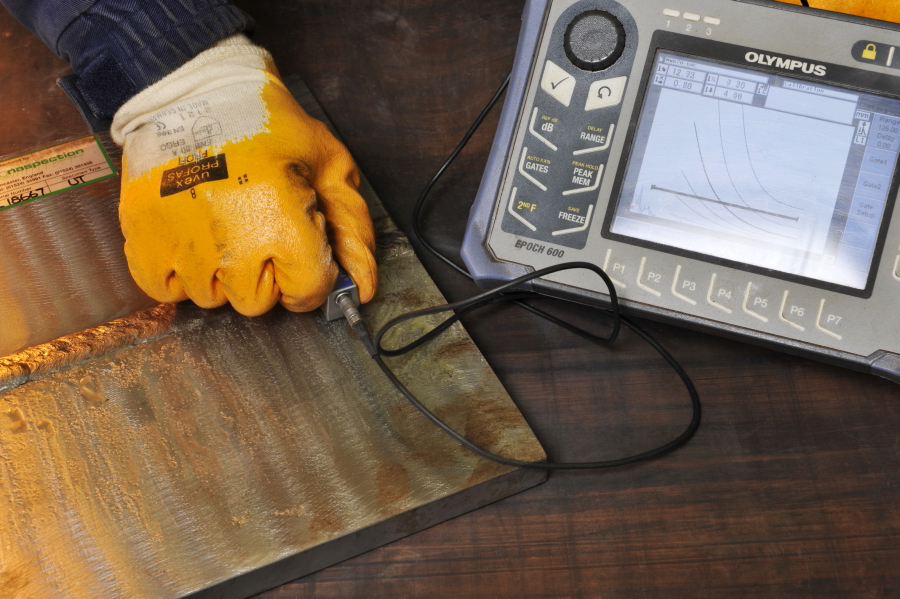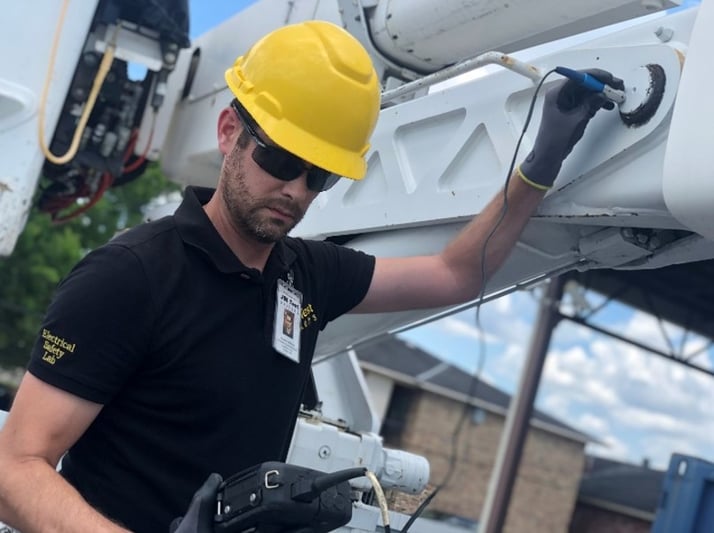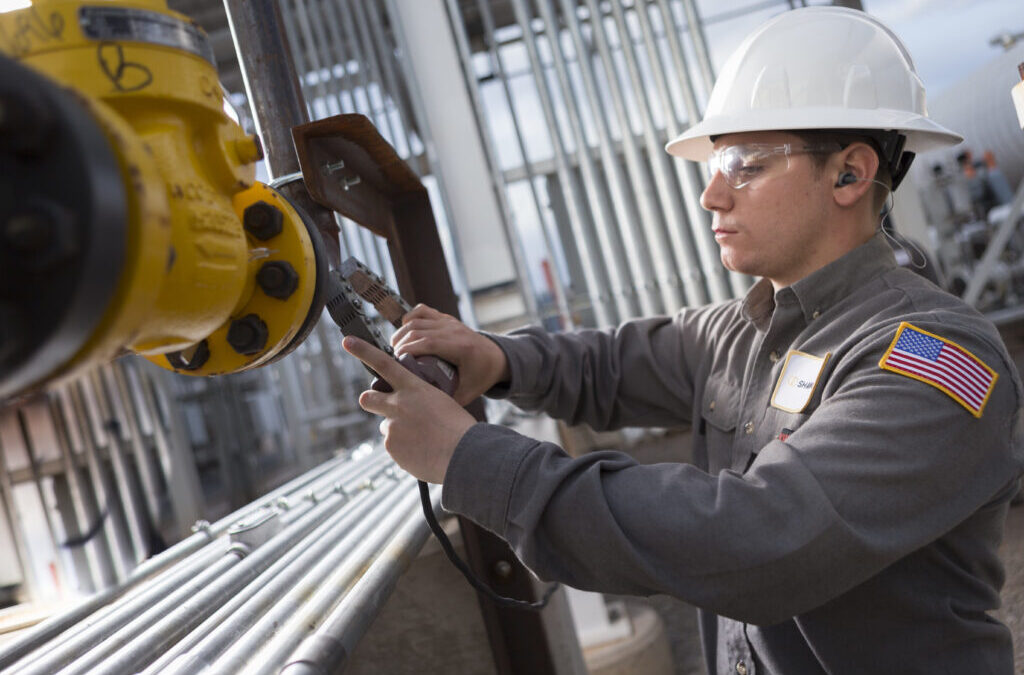In today’s highly regulated industries, maintaining calibration standards for inspection frequency is paramount. Whether you are in manufacturing, healthcare, or aerospace, quality assurance professionals understand the importance of precise and regular inspections to ensure safety, compliance, and optimal performance. The primary keyword, calibration standards for inspection frequency, is crucial not only for maintaining product quality but also for meeting industry regulations and standards.

The Importance of Calibration Standards
Why are calibration standards so vital? Essentially, they ensure that your equipment is performing correctly and consistently. Regular calibration checks can prevent costly errors and ensure compliance with legal and safety standards. Implementing proper inspection frequency helps identify any deviations or faults early, minimizing downtimes and enhancing product quality.
How Often Should Inspections Occur?
Determining the right inspection frequency relies on various factors, including the equipment’s usage, environmental conditions, and manufacturer recommendations. For instance, in environments where equipment is used intensively or exposed to harsh conditions, more frequent inspections are recommended. A great resource to understand more about how often stamping tools should be inspected can be found here.
Factors Influencing Inspection Frequency
- Usage Intensity: Equipment used continuously may require more frequent inspections.
- Environmental Conditions: Harsh conditions demand more regular checks.
- Manufacturer Guidelines: Always adhere to specific equipment guidelines.
Standards and Regulations
Adhering to industry standards, such as ISO and ASTM, is crucial for maintaining the credibility and safety of operations. These standards provide a framework for developing an effective calibration and inspection frequency regime. Learn more about the role of frequency in predictive maintenance to enhance your understanding.
Developing a Calibration Plan
Creating a detailed plan involves understanding your equipment needs, industry standards, and regulatory requirements. An effective plan should include:
- Equipment Inventory: List all equipment requiring calibration.
- Inspection Schedule: Establish a routine schedule.
- Documentation: Keep accurate records of all inspections and calibrations.
Benefits of Regular Calibration
Adhering to a robust calibration schedule ensures:
- Improved Accuracy: Regular checks maintain equipment precision.
- Compliance: Meet industry and legal standards.
- Cost Efficiency: Prevents costly errors and downtimes.
The Role of Technology
Technology plays a significant role in enhancing calibration standards. Advanced tools and software can automate processes, reduce human error, and provide real-time data. Explore how synchronization improves inspection accuracy for more insights.
Common Challenges
Despite the benefits, implementing calibration standards can present challenges such as resource allocation and training. It’s essential to invest in employee education and use resources efficiently to overcome these hurdles.
Case Studies
Examining real-world examples can provide valuable insights. For instance, a manufacturing company implementing a strict inspection frequency saw a significant decrease in product recalls and an increase in customer satisfaction.
Best Practices for Quality Assurance Professionals
- Continuous Education: Stay updated with the latest standards and technologies.
- Regular Audits: Conduct internal audits to ensure compliance.
- Feedback Loops: Use feedback to improve processes continuously.
Future Trends in Calibration
The future of calibration is evolving with technology. Predictive maintenance and AI are paving the way for more efficient calibration processes. Explore optimal frequency for crack detection for future-forward insights.
Conclusion
In conclusion, maintaining robust calibration standards for inspection frequency is crucial for any industry. By understanding the importance, developing a comprehensive plan, and leveraging technology, quality assurance professionals can ensure their operations remain compliant, efficient, and cost-effective.

FAQ
What are calibration standards?
Calibration standards are guidelines used to ensure equipment is performing accurately and consistently.
How often should inspections be conducted?
Inspection frequency depends on equipment usage, environmental conditions, and manufacturer guidelines.
Why is calibration important?
Calibration maintains equipment accuracy, ensures compliance with industry standards, and prevents costly errors.
This article contains affiliate links. We may earn a commission at no extra cost to you.
